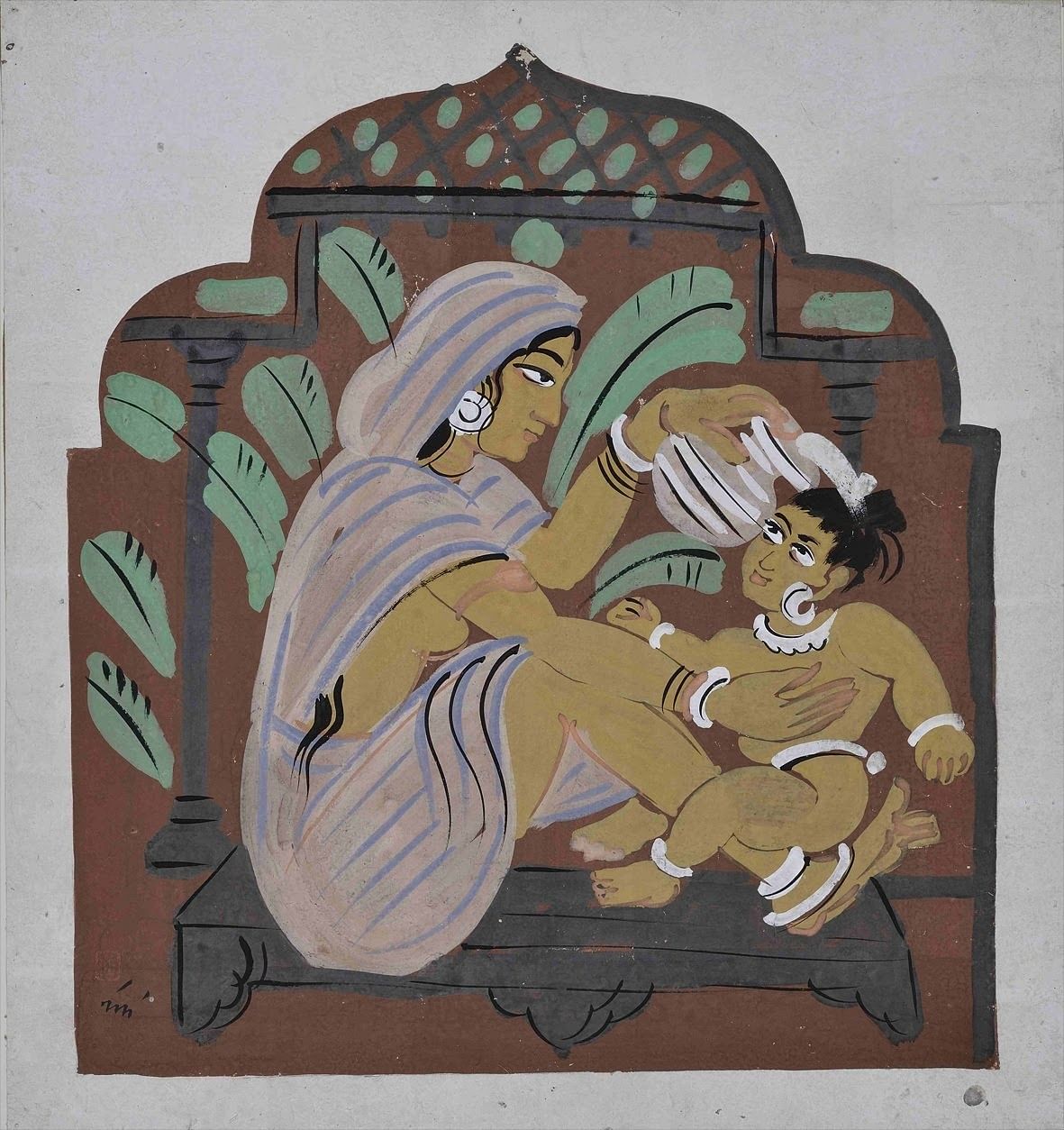
Aswathy Gopinath, MAP Academy
In February 1938, the 51st session of the Indian National Congress was held in the village of Haripura in Surat, Gujarat. Presided over by Subhas Chandra Bose, the gathering was attended by over 200,000 people and saw discussions around Poorna Swaraj within India, the rights of kisan sabhas to organise themselves within unions, and the concerns of the Princely States, among others. These discussions were held against the background of increasing resistance in the face of the British Raj, and more literally, against the background of paintings made by Nandalal Bose.
Commissioned by Gandhi and executed by Bose, the images — popularly known as the Haripura posters — were watercolour depictions of the local populace engaging in everyday activities. The subject matter was the result of Gandhi’s desire to project a legible visual vocabulary for the civilians attending the session while simultaneously reflecting Bose’s own artistic inclinations.
In total, Bose created nearly 400 paintings for the Haripura session. Before making the drawings, Bose spent several weeks in Vithalnagar, a village near Haripura, observing the locals and making initial sketches and line drawings. He later crystallised these into the posters used at the session, sometimes engaging the help of his students. These posters depicted people of the village engaged in their professional, household, and personal activities, such as a mother bathing a child, people playing musical instruments such as the sarangi, farmers tilling the land, and carpenters and potters at their tools. Alongside images of people, Bose also painted the local plants and animals, as well as everyday objects such as flagons and lamps.
Bose was a suitable artist to decorate the pandals of the Haripura session. He was known for a visual style that incorporated elements from multiple artistic customs within India, including vernacular art and miniature painting traditions, alongside adopting elements from Japanese ink-wash paintings. Further, he remained sensitive to the socio-political concerns of the time throughout his artistic career, incorporating nationalistic and social themes into his work; his prior associations with and involvement in the freedom struggle led to him creating the now-archetypal linocut image of Gandhi with his walking stick, which Bose produced to commemorate the Dandi March.
The Haripura posters are rendered in light, pastel shades, with the human figures depicted with exaggerated features and soft lines, reflecting the fluidity of movement. The landscape is predominantly depicted through thick strokes and lines against backgrounds dominated by browns, greys, and ochres. The subjects of the posters are framed by pointed arches that bring them into focus — as if the images are highlighting and thus celebrating the mundane.
The imagery of the Haripura posters echoes the preferred styles of the Bengal School, as well as displays the influences of folk art, notably the patachitras of Odisha and West Bengal. In creating these images, Bose combined multiple art traditions from within the country, thereby creating a worthwhile background for a session that centred around a unified independent India.
Discover Indian Art is a monthly column that delves into fascinating stories on art from across the sub-continent, curated by the editors of the MAP Academy. Find them on Instagram as @map_academy